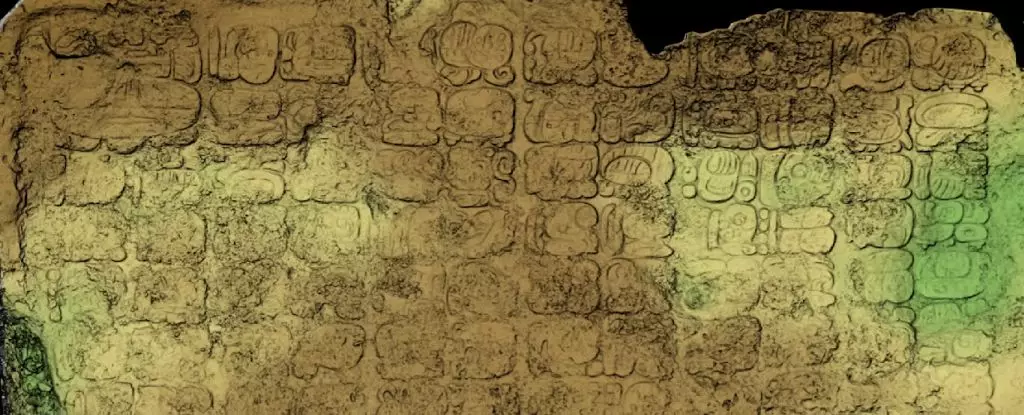In the deep Mexican jungle, nestled at the tip of the Yucatán Peninsula, lies the ancient city of Cobá. Recently, archaeologists made a groundbreaking discovery in this long-forgotten Maya city – a vast stone slab with an inscription of 123 glyphs carved into its surface. This inscription sheds light on the founding date of a town named Keh Witz Nal, or “Deer Mountain”, dating back to 12 May 569 CE. Moreover, it introduces a new Maya ruler, K’awiil Ch’ak Chéen, invoking the god of lightning.
Cobá, situated in Quintana Roo on the eastern side of the Yucatán Peninsula, was once a thriving cultural hub with an estimated 50,000 inhabitants at its peak. This ancient city, possibly built as early as 50 BCE, remained continuously inhabited for over 1,500 years. Despite being in ruins now, Cobá retains its historical significance with engravings and sculptures that offer insights into the spiritual and aesthetic lives of the Maya civilization.
Excavations at Cobá are meticulous and thorough, with the National Institute of Anthropology and History (INAH) of Mexico taking the time to uncover and restore the lost monuments of the city. The recently discovered stone slab, found at the bottom of a pool, covers an area of 11 square meters and is adorned with glyphs in a unique L-shaped arrangement. The inscriptions on the stone provide crucial information about the lineage of the rulers of Cobá, many of whom adopted the name of the god K’awiil.
The discovery of the stone slab with the intricate glyphs opens up a new chapter in the understanding of Maya civilization. The detailed study of the inscription will offer valuable insights into the political and religious structure of Cobá. The researchers are now focused on preserving and restoring the stone to prevent further damage from water and erosion. A high-resolution 3D model has been created to facilitate further analysis without disturbing the original artifact.
The unveiling of the hidden Maya treasure in Cobá provides a rare opportunity to delve into the rich history of this ancient civilization. The discovery of the stone slab with its enigmatic glyphs is a testament to the advanced knowledge and craftsmanship of the Maya people. As further research is conducted, we can expect to unravel more mysteries and gain a deeper understanding of the glorious past of Cobá. The preservation of these historical artifacts is crucial in ensuring that future generations can continue to explore and learn from the wonders of the past.

Leave a Reply